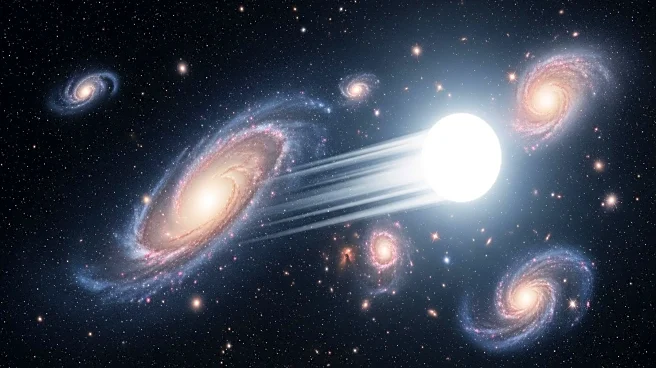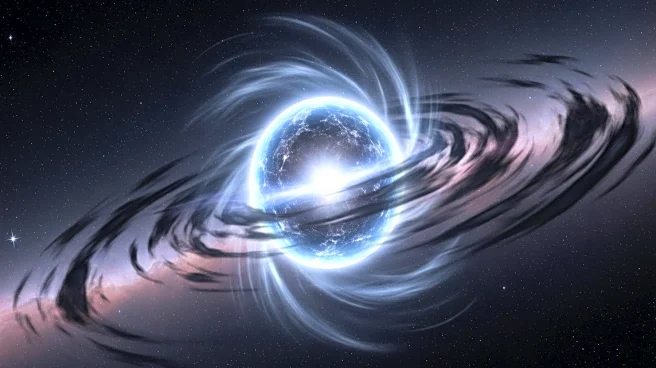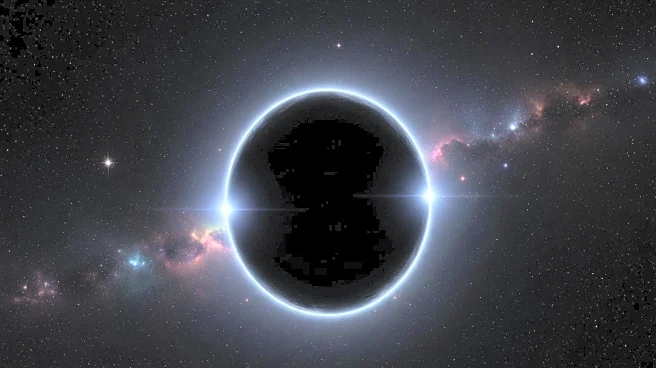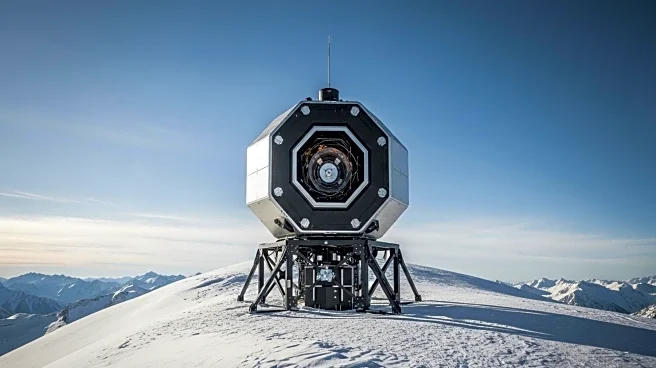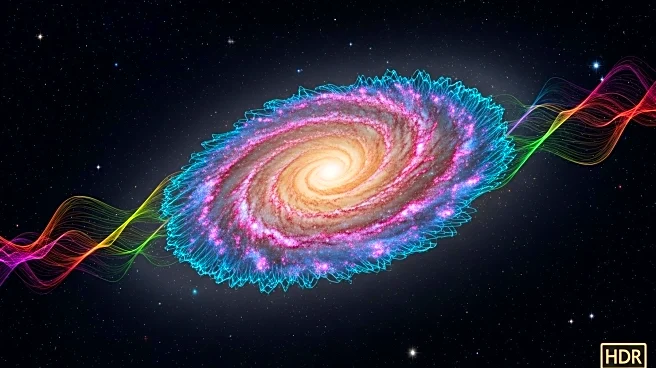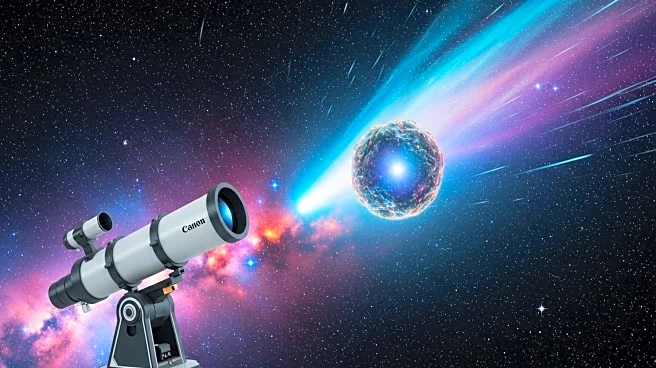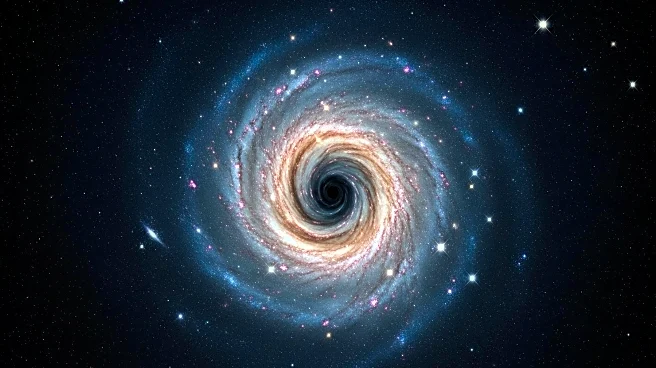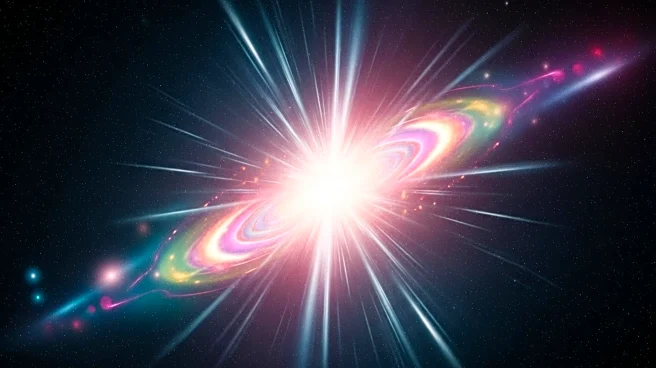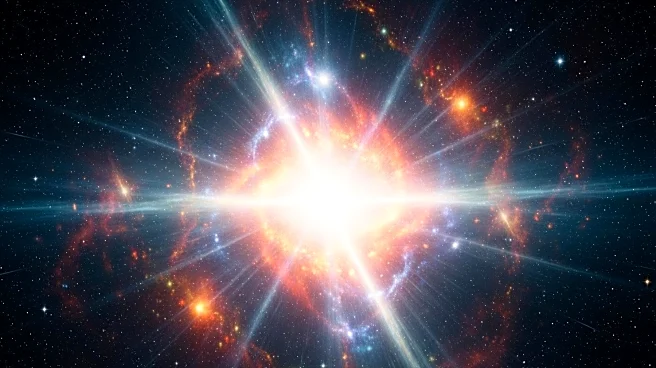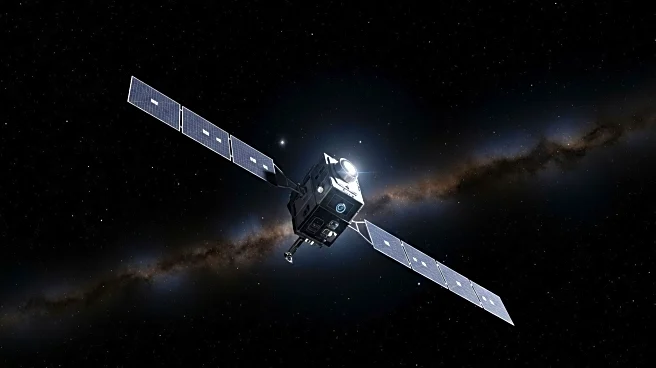What's Happening?
Astronomers have potentially solved the mystery of hypervelocity white dwarfs, which are remnants of stars that move at extraordinary speeds through the Milky Way. These white dwarfs, identified by the European Space Agency's Gaia spacecraft, travel at speeds up to 1,240 miles per second, fast enough to escape the galaxy. A study led by Hila Glanz from the Technion-Israel Institute of Technology suggests that these speeds result from violent stellar mergers and double detonations. Using computer simulations, researchers modeled the merger of two white dwarfs in a binary system, where the lighter star is shredded by its heavier partner, leading to a thermonuclear supernova. This process propels the remaining white dwarf at high speeds, explaining both their velocity and physical characteristics.
Why It's Important?
Understanding hypervelocity white dwarfs is crucial for astrophysics, as it sheds light on the origins of Type Ia supernovae, which are used to measure cosmic distances and forge essential elements like iron. The study suggests these white dwarfs may result from diverse stellar interactions, including faint supernovae triggered by double detonations. This research could refine models of stellar evolution and supernova formation, impacting how scientists interpret cosmic phenomena and the universe's expansion. The findings also highlight the need for further observations to confirm these theories, potentially influencing future astronomical surveys.
What's Next?
Future sky surveys, such as those by the Vera C. Rubin Observatory, could test these theories by observing such mergers and explosions in real time. This would help confirm the processes that propel these stellar remnants across the galaxy. Continued research and observation are necessary to piece together the full picture of hypervelocity white dwarfs and their formation, potentially leading to new insights into stellar dynamics and the lifecycle of stars.
